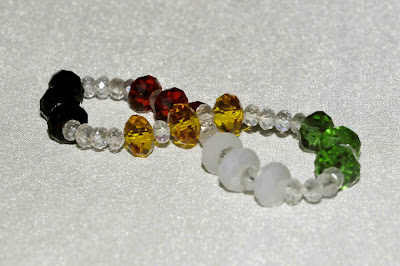Raw food is once again in a vogue as a healthy lifestyle fad, with
restaurants springing up and cook books hitting the stores.
Basing their
ideas on the nutritionist Norman Wardhaugh Walker, who lived to the age of 99,
proponents argue that humans evolved to eat raw food in small quantities, but
everything went downhill when they started to "destroy" nutrients by cooking
them.
This, they claim, resulted in an emergence of various civilization
diseases like obesity, hypertension, diabetes, chronic fatigue and pain. They
believe that going back to raw food will set things right.
Whether or
not that is sound scientific reasoning, there are certainly advantages to eating
more fresh fruit and vegetables.
◆ Weight Loss
Food prepared at any heat under 45 degrees Celsius is
considered "raw," with obvious examples including vegetable or fruit juice,
green leaf salad, nuts and dried fruit.
Jeon Joo-ri, a cook specializing
in raw food, said, "You could call bibimbap raw food. It would be great for your
health if you have one raw meal a day."
One of the greatest advantages of
raw food is that it is good for losing weight. "If you eat raw food, it takes
longer to chew, and you can't eat as much because of the tough fiber," said
Jeon. By eating food raw, people can take in natural enzymes and vitamins as
they are, whereas high temperatures reduce the vitality of enzymes.
Uncooked food has a high level of active enzymes, helping the metabolism
and detoxifying the body because high dietary fiber helps it discharge body
waste and cholesterol.
◆ Not for Everyone
But those with weak
digestive systems should be careful. Min Hye-sun, a professor of food and
nutrition at Hannam University, said, "A raw food diet can help people lose
weight, but it can also cause digestive problem."
Jeong Hye-kyung of
Hoseo University said, "By eating raw food, you risk not getting enough
essential nutrients as our bodies can digest and absorb much less from uncooked
food."
Lee Jeong-joo, a nutritionist at Kyunghee University Hospital at
Gangdong, said, "Dietary fiber is the most difficult nutrient to digest. Those
suffering from gastritis or the elderly with less gastric acid and digestive
enzymes are advised to eat cooked food."
Raw food is also not recommended
for those with anemia or osteoporosis, because dietary fiber will discharge
minerals such as calcium and iron crucial for treating the two conditions.
The key to healthy eating, it seems, is really is to maintain a balanced
between raw and cooked food.












 A Chinese map made in 1845 depicts Ulleung Island and Dokdo (in red circle) as
belonging to the Chosun Kingdom. /Courtesy of Lee Myeong-hee
A Chinese map made in 1845 depicts Ulleung Island and Dokdo (in red circle) as
belonging to the Chosun Kingdom. /Courtesy of Lee Myeong-hee  A traditional Korean dance is performed at Sultan Ahmet Square in Istanbul,
Turkey. /Courtesy of the Istanbul-Gyeongju World Culture Expo
A traditional Korean dance is performed at Sultan Ahmet Square in Istanbul,
Turkey. /Courtesy of the Istanbul-Gyeongju World Culture Expo .jpg)
.jpg)
.jpg)




























